Mexico’s cities are ballooning in population while rural and indigenous communities, where there are still over 60 indigenous languages other than Spanish spoken, are disappearing. For many indigenous families, illiteracy and the powerful forces of racism and discrimination can often offset the lures that brought them to migrate to urban centers.
The northern border with the United States is not the only destination for Mexican migrants. For millions, the bustling cities, which offer hopes of better jobs and education lure many from their traditional rural, and often indigenous communities. What they find in the cities is a mix of hope and hardship.
Tags: Mexico, indigenous, economic, development, migration.



 Your new post is loading...
Your new post is loading...

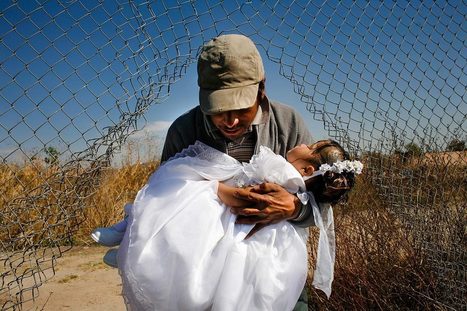




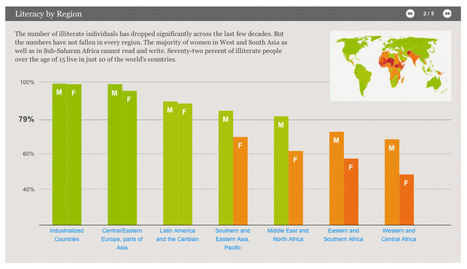



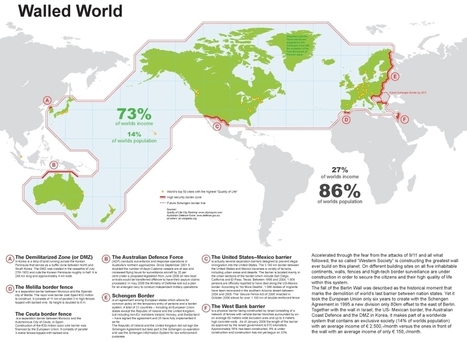



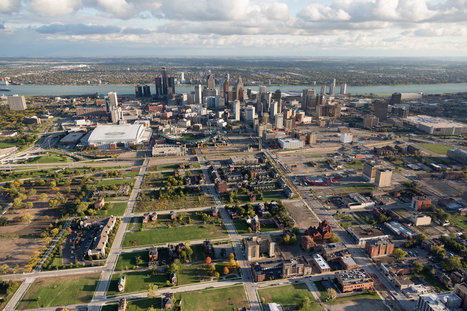
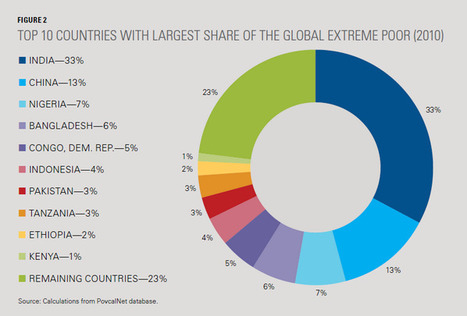







Mexico is having a lot of internal migration within cities. Many different languages are disappearing and for a lot of the people literacy, racism, and other forces can often bring them to urban areas. Also the border isn't the only hope for migrants, bustling cities offer hopes of better lifestyle as well. L.K.
I believe migrants should be allowed to migrate to their destination. But there should of course be policies as to how many people come to one area at a time and such. In my opinion the main problem lies with those who exploit the border and migrate illegally as well as those who don't belong such as terrorists. Once this is resolved migration from Mexico to the United States or to anywhere will be much smoother. CN